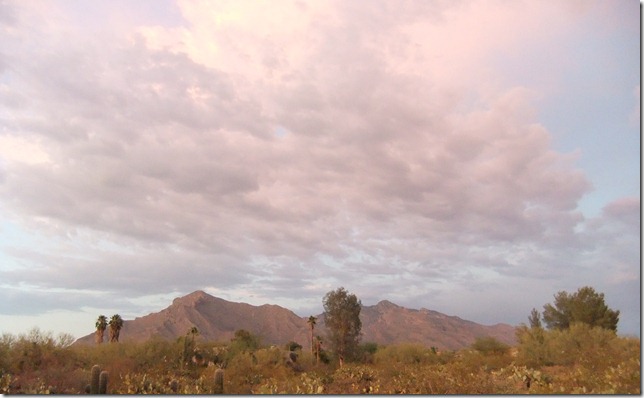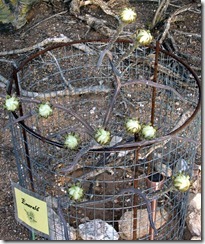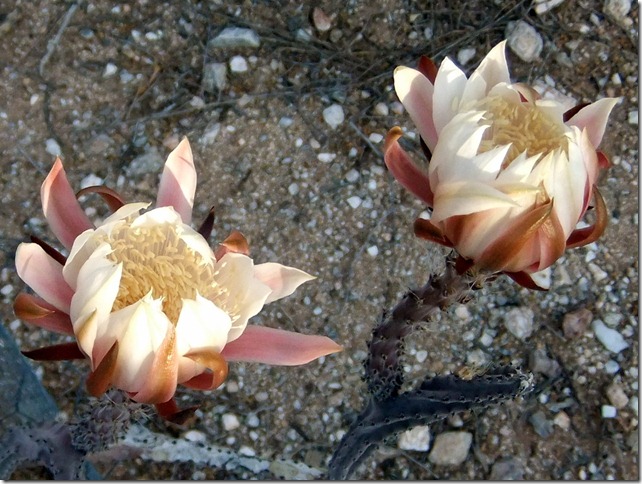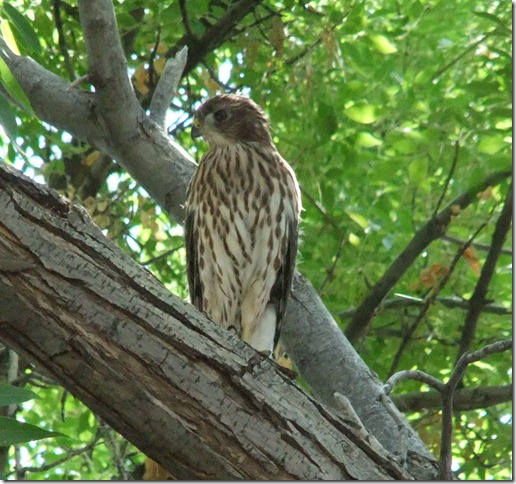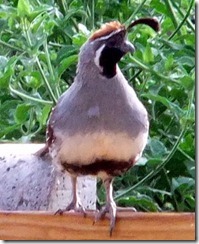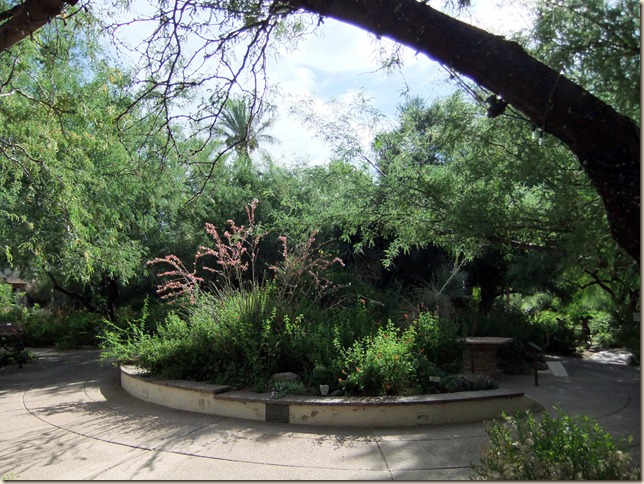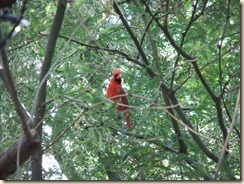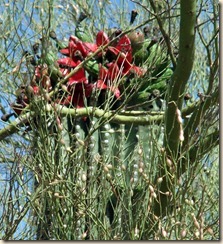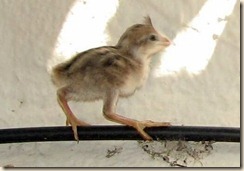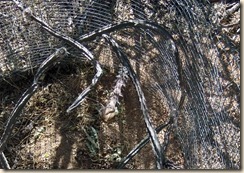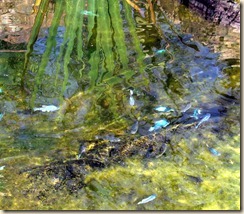I haven’t posted a quail update in quite some time, though I am as obsessed with these beautiful birds as ever. A few weeks ago someone at the Park commented that it was a poor quail year, with very few babies. This person does not spend the summer in Tucson. While some broods appear as early as late April, the majority of chicks are hatched once the weather gets really hot (see my comment on quail babies in an earlier post).
This year is a banner year for quail. Families of all sizes, with babies of all ages, are everywhere—in my yard, in my neighborhood, at Tohono Chul Park. Several broods of chicks are already mature looking, though not as large as their parents. Others are recently out of the egg. One interesting group of six are what I think of as teenagers—and they are on their own with no adults. They always hang together, and I haven’t seen them enough to tell if one of them acts as the leader.
This family group with ten very young chicks (I’m guessing no more than a couple of days old) showed up in my back yard bird garden yesterday afternoon. It was VERY hot, so they tried the shade of the porch.






